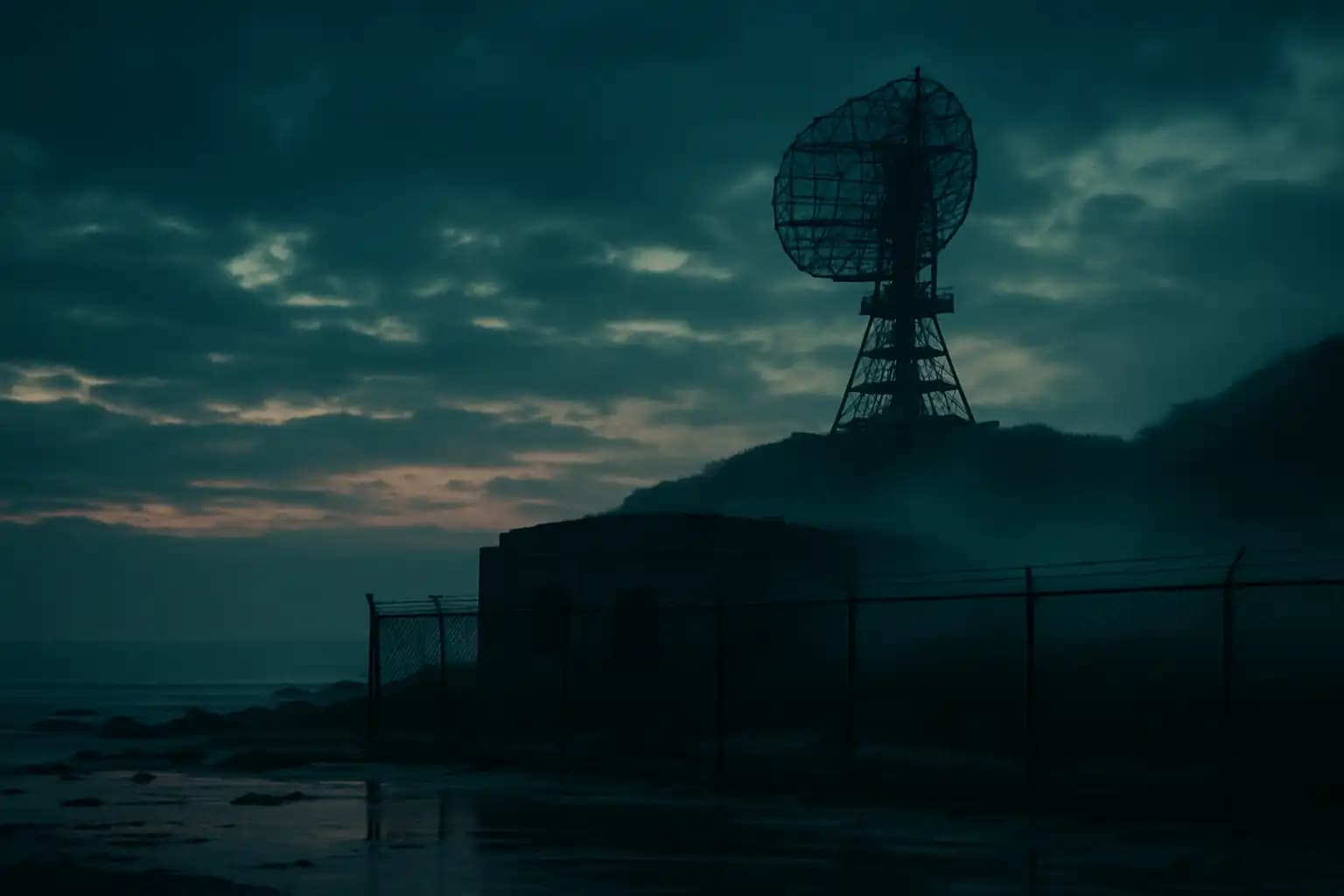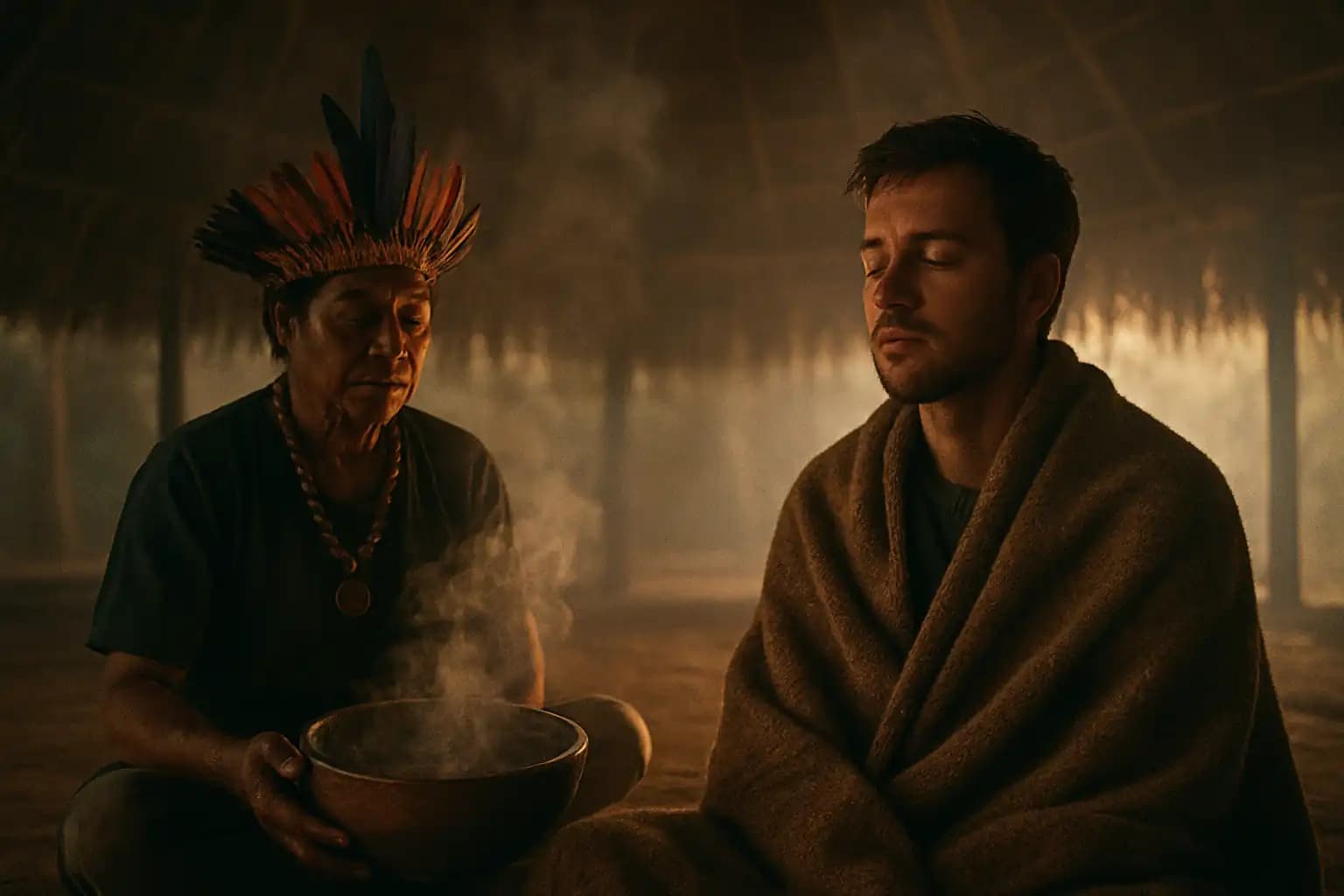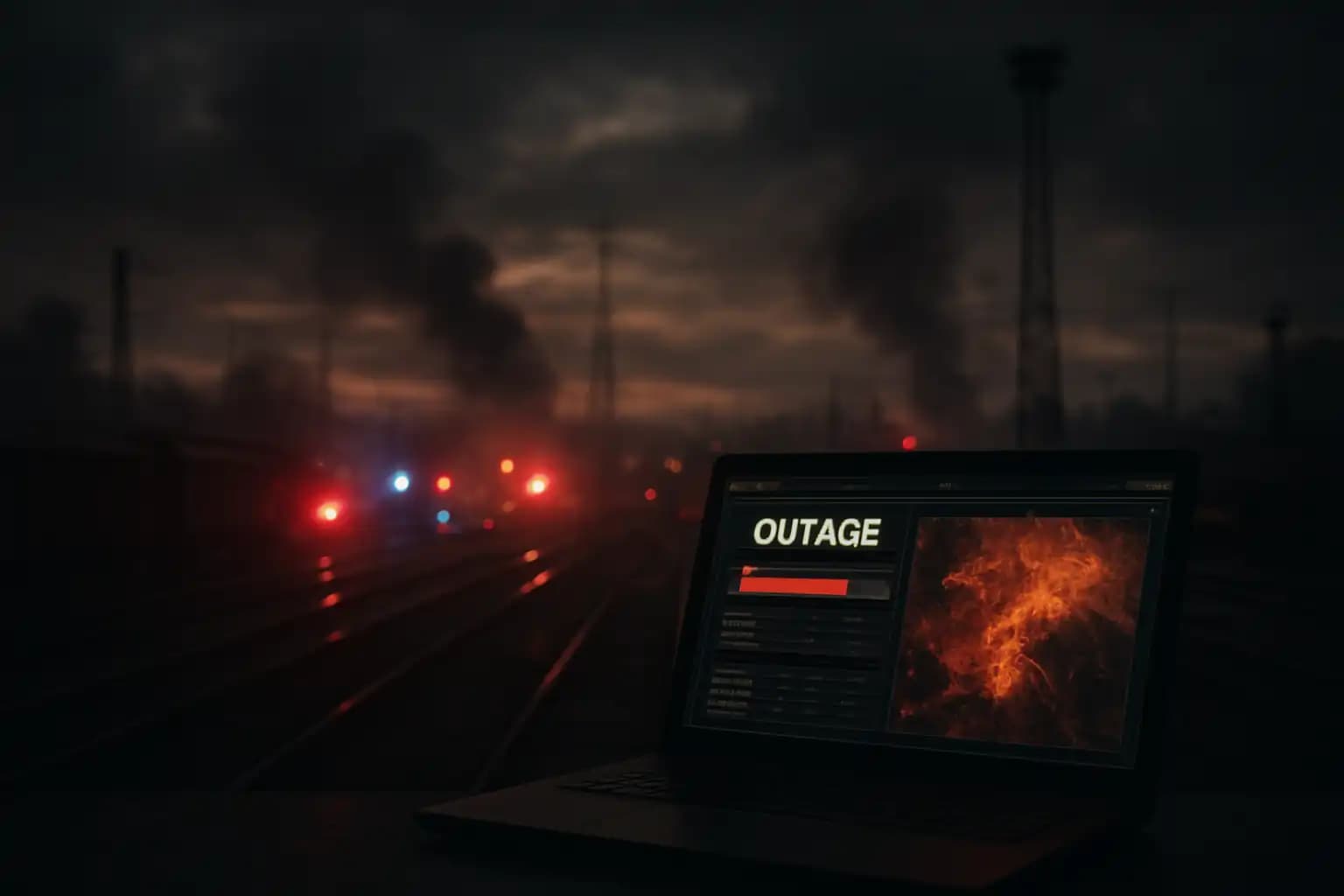The Montauk Project narrative resembles a mix of Cold War secret programs, time travel fantasy, and fringe psychotherapy. It references a real location—Montauk Air Force Station, later known as Camp Hero—and is layered with a dense mythology involving mind control experiments, time travel, and child abuse. The situation complicates when actual history and invented stories coexist: fences, radar towers, and abandoned bunkers provide a tangible connection to the fiction.
This piece distinguishes the site’s documented military history from the modern mythos popularized in the early 1990s by authors like Preston B. Nichols. It examines how the story permeated popular culture (including influences on Netflix’s Stranger Things) and what credible sources and forensic research reveal about what likely occurred—and did not occur—at Montauk.
Montauk Air Force Station history and documented military facts
Montauk Air Force Station is located on Long Island’s easternmost tip. The installation began as a coastal defense site during World War II and later became a Cold War radar and communications location outfitted with SAGE (Semi Automatic Ground Environment) systems and large AN/FPS radar arrays. The facility operated as an active Air Force station from the 1950s until the 1970s and was officially decommissioned on January 31, 1981. In the 1980s, New York State acquired the property, which is now part of Camp Hero State Park. These are verifiable administrative facts documented in public land and military records, summarized in comprehensive entries such as the Montauk Air Force Station profile (Montauk Air Force Station historical overview).
The origin of the Montauk Project myth and Preston B. Nichols’ books
The modern Montauk myth solidified in self-published and small-press books that began appearing in the early 1990s. Preston B. Nichols and co-author Peter Moon crafted a sprawling narrative—time travel experiments, electromagnetic mind control, and ties to the 1943 Philadelphia Experiment—into books like The Montauk Project: Experiments in Time. These books intertwine alleged recovered memories, supposed program names, and melodramatic stories; scholars and skeptics observe that they read like a blend of autobiography, speculative fiction, and ritual confession. For a primary source of Nichols’ claims, consult his contemporaneous interview archive, which serves as the material critics analyze (Preston Nichols interview archive).
Why historians and debunkers treat Montauk as folklore rather than archival evidence
Historians and credible investigators apply a basic test to extraordinary claims: chain of custody, contemporaneous documentation, and multiple independent witnesses. The Montauk narrative lacks these essential elements. The primary evidence for secret experiments relies on retrospective testimony—often recorded decades after the events supposedly occurred—and on books that blend metaphor and narrative flourish. Independent archival searches of Air Force logs, procurement records, and New York State land conveyances document routine base activity—radar surveillance, personnel housing, and coastal defense—without supporting evidence for time-travel technologies, systematic child-abduction schemes, or exotic physics. This discrepancy shifts Montauk’s core claims from historical evidence into the realm of modern folklore and conspiracy literature (Montauk Project entries and critical context).
How Camp Hero’s physical features helped the narrative stick
Reality has reinforced the myth. Camp Hero’s AN/FPS radar towers, concrete batteries, and fenced compounds create cinematic backdrops; visitors encounter rust, wires, and restricted-area signs that heighten suspicion. The site’s decommissioning in 1981, combined with the partial removal of operational staff, allowed local stories and rumors to flourish. Documentary filmmakers and podcasters later leveraged this physical evidence: interviews, grainy photos, and personal testimonies create a perceived reality that readers and viewers often mistake for archival proof. This outcome mirrors other instances where physical infrastructure—like an abandoned lab or transmitter tower—serves as a foundation for conspiracy theories and mythmaking (an archival breakdown of symbolic infrastructure cases).
Linkages to pop culture: Stranger Things and the commercialization of the myth
Netflix’s Stranger Things popularized a fictional Hawkins Lab whose visual and narrative elements draw inspiration from Camp Hero’s eerie landscape and the Montauk myth. Showrunners initially contemplated Montauk as a setting, and producers have acknowledged that Cold War imagery influenced their work. This creative borrowing has sparked public interest in the real site and created a feedback loop: tourism surges, amateur investigations increase, and rumor networks expand. This pop-culture phenomenon is common: a dramatic series reframes local curiosities into global cultural touchstones, intensifying fascination and misinformation (camp hero cultural primer and reporting).
Victim testimony, the Montauk Chronicles film, and why stories endure
Several individuals—most notably Al Bielek, Preston Nichols, and Stewart Swerdlow—have shared alarming accounts of mind control, forced experiments, and time travel. Filmmakers compiled these testimonies in documentaries like Montauk Chronicles, aired in the 2010s, which amplified views among podcast audiences and fringe groups. Researchers warn that retrospective testimony, memory distortions, and motivations linked to storytelling careers make such accounts unreliable as standalone evidence. Nevertheless, this does not negate actual harm: survivors’ stories often communicate genuine trauma, and researchers must treat them with empathy while verifying claims against archival records and contemporaneous documentation.
How journalists should report on Montauk and similar conspiracy lore
Responsible reporting integrates local archival research—base logs, procurement records, and land-transfer documents—with diligent sourcing. Interview transcripts, contemporaneous newspaper articles, and declassified military files represent the best means to distinguish administrative facts from later narratives. Journalists should also explore how symbolic events transform into myth; for instance, symbolic broadcast disruptions and sabotage stories have consistently fueled public anxiety in various settings, generating enduring myths that persist despite formal debunking (field report analysis of narrative amplification).
Why the Montauk story matters: belief, infrastructure, and democratic resilience
The Montauk narrative persists because it satisfies a psychological need: secret programs make sense of randomness, and dramatic stories provide clear villains. This psychological aspect is significant, as it can influence policy and public behavior—tourism, local land use debates, and even municipal resource allocation can hinge on sensational claims. Understanding Montauk equips journalists and historians to establish standards for assessing extraordinary assertions and to protect individuals reporting abuse, ensuring unverifiable memories do not confuse with documented evidence. For more context on technology-related myths and their propagation, explore investigative work that traces symbolic events and public reactions (an investigative case study).
Practical takeaway: how to evaluate alleged government black projects
When assessing claims of secret government projects, insist on contemporaneous documentation, independent verification, and plausible mechanisms. Consider whether the claimed technology aligns with known physics, if procurement records or budgets reflect unusual expenditures, and whether declassified files or FOIA submissions corroborate testimonial accounts. For Montauk, the evidence leans toward a documented military installation with Cold War radar capabilities and a rich modern mythology rather than a validated program of exotic experiments. For those interested in tracking related narratives and broader cultural tech panics, see curated dossiers on hybrid warfare and technological rumor cycles (related analysis on technological panic).
Conclusion: Camp Hero, mythmaking, and the responsibilities of truth-seeking
Camp Hero is real; however, much of the Montauk Project narrative as recounted in popular literature is not. The site’s physical presence and Cold War mystique provided fertile ground for imaginative tales that have become subcultures. Scholars, journalists, and curious citizens should approach survivor testimonies with compassion, hold extraordinary claims to ordinary evidentiary standards, and maintain archives that enable future researchers to verify assertions against historical records. For accessible, ongoing collections of reporting and timelines on conspiratorial and technological incidents, visit Unexplained.co for curated packages and archived summaries.




